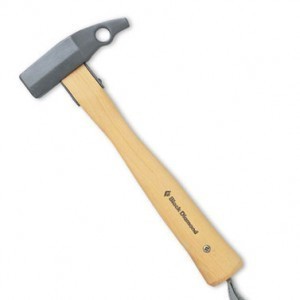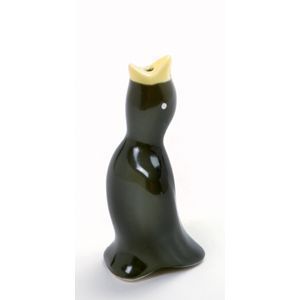Hammer Size Guide
A tool primarily designed to make an impact to another object, a hammer is commonly used for breaking up objects, forging metal and fitting parts. More importantly, it can also be used to drive nails in place. It is available in different structures and shapes. Based on historical evidences, this tool is definitely the oldest in existence, which dates back to 2,400,000 B.C. Aside from these interesting facts, there are more to know about it including the different sizes of hammers.
impact to another object, a hammer is commonly used for breaking up objects, forging metal and fitting parts. More importantly, it can also be used to drive nails in place. It is available in different structures and shapes. Based on historical evidences, this tool is definitely the oldest in existence, which dates back to 2,400,000 B.C. Aside from these interesting facts, there are more to know about it including the different sizes of hammers.
The Different Sizes of Hammers
The nail hammer is definitely the most common type of hammer available. It comes in two different kinds, namely the straight claw and the curved claw. The available handle lengths range from 13 inches to 18 inches. Commonly used by professionals, the straight claw hammer comes in varying head weights, namely the 32-ounce, 28-ounce, 24-ounce, 20-ounce, 16-ounce and 10-ounce versions.
On the other hand, the curved claw hammer is designed for home use. For framing and heavy crating, the usual head weight of this kind of hammer is 20 ounces. For heads designed for general use, the standard weight is 16 ounces. Householders and cabinetmakers use heads that weigh somewhere between 10 ounces and 13 ounces. For light-duty tasks, the standard head weight is 7 ounces.
Aside from the nail hammer, another common type is called the ball peen hammer. It features cold chisels and a small shank designed for molding unhardened metal, rounding rivet ends and cutting. This kind of special tool is not associated with nails. The common weights used are the 16-ounce and the 12-ounce variations. In addition to these weights, some versions measure between 2 ounces and 48 ounces. Compared to the object being struck, the diameter of its striking face is approximately 3/8 inch bigger.
A hand-drilling hammer is a more convenient alternative to the traditional hammer, which measures about 2 to 4 pounds. This tool is suitable for putting hardened nails right onto brick or concrete. For extremely heavy tasks, it is best to use a sledgehammer as a pounding device. The handle for this particular type of hammer ranges in length, ranging from 14 inches to 36 inches. The head weight usually varies, starting from as light as 2 pounds to as heavy as 20 pounds.
Additional Facts and Other interesting Details
Aside from the aforementioned items, a hammer may also come in other notable forms such as a lump hammer, a stonemason’s hammer as well as a splitting maul. Furthermore, you can also find other variations like a tinner’s hammer, a geologist’s hammer and an upholstery hammer. There are also mechanical versions of this tool including the trip hammer, the steam hammer and the jackhammer.





